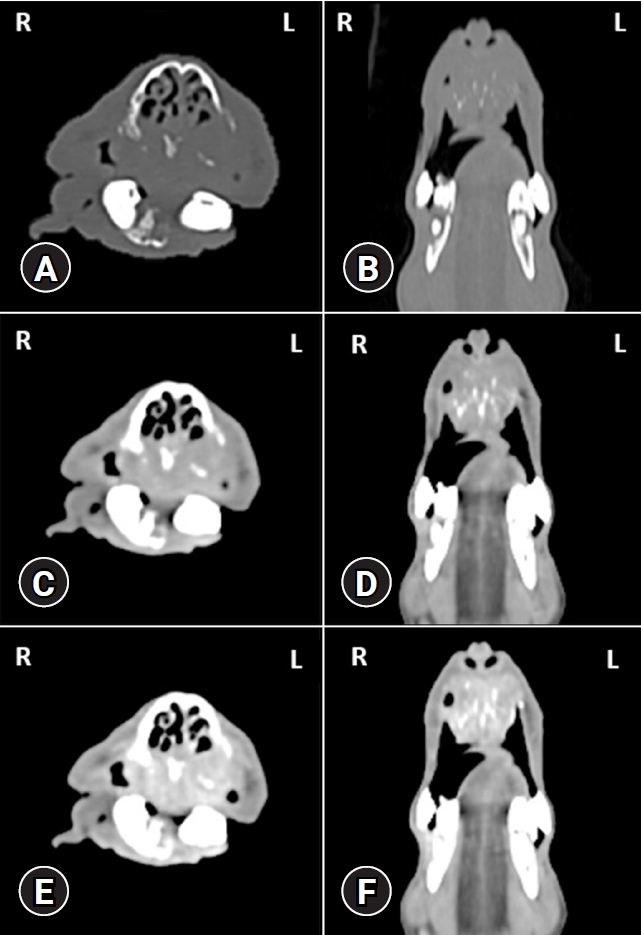1. Spugnini EP, Baldi A. Electrochemotherapy in veterinary oncology: state-of-the-art and perspectives. Vet Clin North Am Small Anim Pract 2019;49:967-979.

2. Spugnini EP, Porrello A. Potentiation of chemotherapy in companion animals with spontaneous large neoplasms by application of biphasic electric pulses. J Exp Clin Cancer Res 2003;22:571-580.

3. Spugnini EP, Dragonetti E, Vincenzi B, Onori N, Citro G, Baldi A. Pulse-mediated chemotherapy enhances local control and survival in a spontaneous canine model of primary mucosal melanoma. Melanoma Res 2006;16:23-27.


4. Spugnini EP, Baldi A, Vincenzi B, Bongiorni F, Bellelli C, Citro G, Porrello A. Intraoperative versus postoperative electrochemotherapy in high grade soft tissue sarcomas: a preliminary study in a spontaneous feline model. Cancer Chemother Pharmacol 2007;59:375-381.


5. Spugnini EP, Filipponi M, Romani L, Dotsinsky I, Mudrov N, Baroni A, Ruocco E, Laieta MT, Montesarchio V, Cassandro R, Citro G, Baldi A. Local control and distant metastasis after electrochemotherapy of a canine anal melanoma. In Vivo 2007;21:897-899.

6. Kodre V, Cemazar M, Pecar J, Sersa G, Cor A, Tozon N. Electrochemotherapy compared to surgery for treatment of canine mast cell tumours. In Vivo 2009;23:55-62.

7. Tozon N, Pavlin D, Sersa G, Dolinsek T, Cemazar M. Electrochemotherapy with intravenous bleomycin injection: an observational study in superficial squamous cell carcinoma in cats. J Feline Med Surg 2014;16:291-299.


8. Tamzali Y, Borde L, Rols MP, Golzio M, Lyazrhi F, Teissie J. Successful treatment of equine sarcoids with cisplatin electrochemotherapy: a retrospective study of 48 cases. Equine Vet J 2012;44:214-220.


9. Spugnini EP, Vincenzi B, Baldi F, Citro G, Baldi A. Adjuvant electrochemotherapy for the treatment of incompletely resected canine mast cell tumors. Anticancer Res 2006;26:4585-4589.

10. Spugnini EP, Di Tosto G, Salemme S, Pecchia L, Fanciulli M, Baldi A. Electrochemotherapy for the treatment of recurring aponeurotic fibromatosis in a dog. Can Vet J 2013;54:606-609.


11. Spugnini EP, Vincenzi B, Citro G, Santini D, Dotsinsky I, Mudrov N, Montesarchio V, Laieta MT, Esposito V, Baldi A. Adjuvant electrochemotherapy for the treatment of incompletely excised spontaneous canine sarcomas. In Vivo 2007;21:819-822.

12. Mir LM, Orlowski S, Belehradek J Jr, Paoletti C. Electrochemotherapy potentiation of antitumour effect of bleomycin by local electric pulses. Eur J Cancer 1991;27:68-72.


13. Sersa G, Cemazar M, Miklavcic D. Antitumor effectiveness of electrochemotherapy with cis-diamminedichloroplatinum(II) in mice. Cancer Res 1995;55:3450-3455.

14. Sersa G, Miklavcic D, Cemazar M, Rudolf Z, Pucihar G, Snoj M. Electrochemotherapy in treatment of tumours. Eur J Surg Oncol 2008;34:232-240.


15. Spugnini EP, Azzarito T, Fais S, Fanciulli M, Baldi A. Electrochemotherapy as first line cancer treatment: experiences from veterinary medicine in developing novel protocols. Curr Cancer Drug Targets 2016;16:43-52.


16. Spugnini EP, Fanciulli M, Citro G, Baldi A. Preclinical models in electrochemotherapy: the role of veterinary patients. Future Oncol 2012;8:829-837.


17. Spugnini EP, Fais S, Azzarito T, Baldi A. Novel instruments for the implementation of electrochemotherapy protocols: from bench side to veterinary clinic. J Cell Physiol 2017;232:490-495.


18. Spugnini EP, Melillo A, Quagliuolo L, Boccellino M, Vincenzi B, Pasquali P, Baldi A. Definition of novel electrochemotherapy parameters and validation of their in vitro and in vivo effectiveness. J Cell Physiol 2014;229:1177-1181.


19. Meschini S, Condello M, Lista P, Vincenzi B, Baldi A, Citro G, Arancia G, Spugnini EP. Electroporation adopting trains of biphasic pulses enhances in vitro and in vivo the cytotoxic effect of doxorubicin on multidrug resistant colon adenocarcinoma cells (LoVo). Eur J Cancer 2012;48:2236-2243.


20. Spugnini EP, Dotsinsky I, Mudrov N, De Luca A, Codini C, Citro G, D'Avino A, Baldi A. Successful rescue of an apocrine gland carcinoma metastatic to the cervical lymph nodes by mitoxantrone coupled with trains of permeabilizing electrical pulses (electrochemotherapy). In Vivo 2008;22:51-53.












 PDF Links
PDF Links PubReader
PubReader ePub Link
ePub Link Full text via DOI
Full text via DOI Download Citation
Download Citation Print
Print



